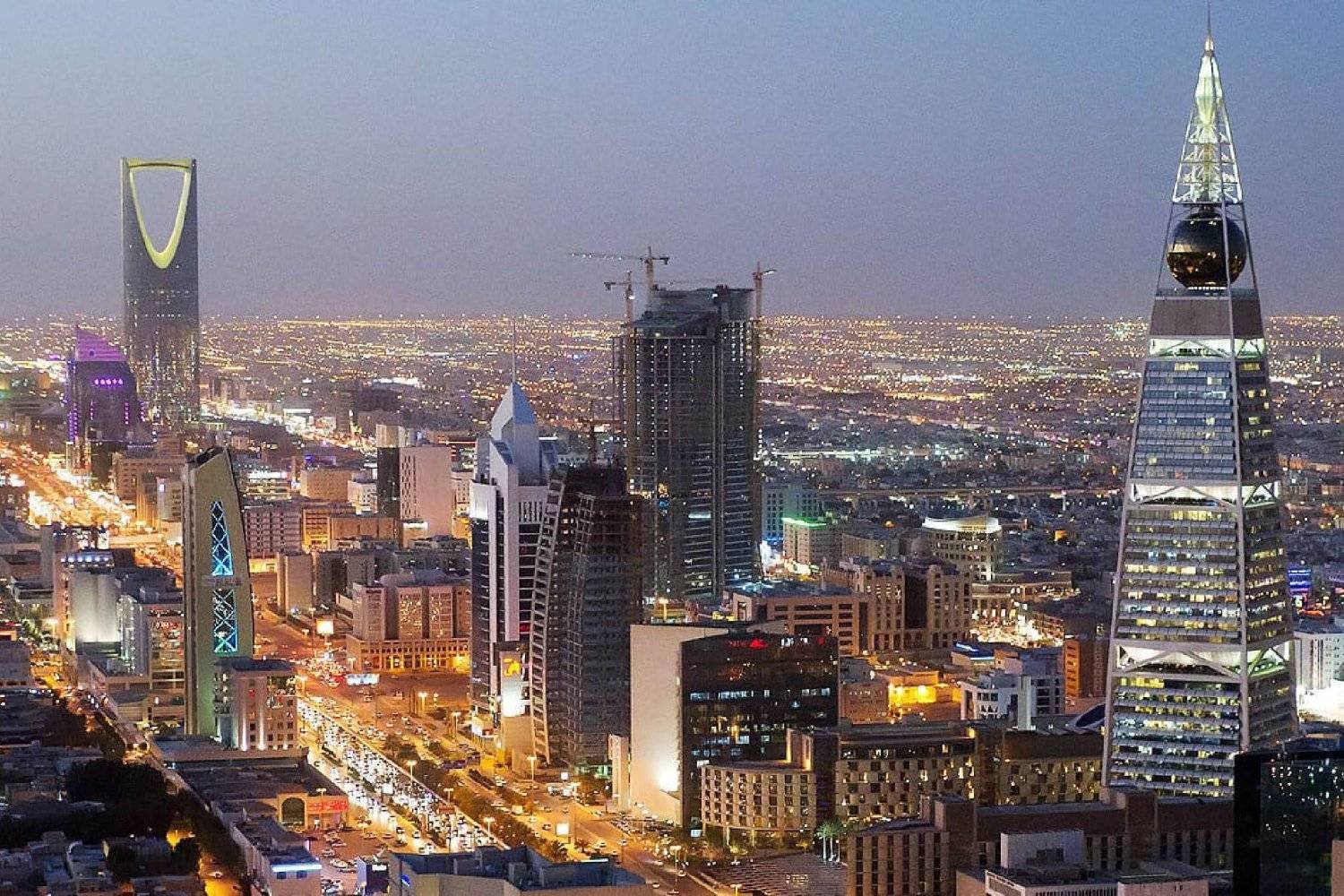Tunisia’s tourism sector is on the brink of collapse in light of the sharp decline in revenues and arrivals due to the novel coronavirus pandemic, according to official data.
Tourism Minister Habib Ammar announced revenues are expected to record a 66 percent drop, while arrivals a 79 percent drop in the current year.
Speaking at a plenary hearing, he reported that the tourism establishments were already suffering even before the pandemic and ensuing lockdown measures.
The minister noted that tourism institutions are still far from resuming their normal activities, warning they will be unable to bear the financial losses for much longer.
Some measures have been reviewed to help them cope, with the aim of maintaining employees, he added.
Tunisia’s tourism sector accounts for 14 percent of the gross domestic product. The crisis caused by COVID-19 has cast a dark shadow over the vital sector, which set a record in the number of arrivals in 2019 with over nine million tourists.
The effects of the crisis were more severe during the peak period between July and September, as the number of expatriates dropped 88 percent compared to the same period in 2019.
In addition, over 50,000 job were lost, amounting to a 13 percent of the workers in the sector which employs about 400,000 people.
In a recent media statement, president of the Tunisian Federation of Hotels, Khaled Fakhfakh, announced that the state of tourism is very bad, if not catastrophic.
Sixty percent of hotels have not opened this year, he revealed, warning that they are at risk of closing permanently, mainly because of COVID-19.
Tunisia’s income from tourism this year has totaled just DT1.56 billion, official statistics showed.
The total number of nights visitors who stayed in hotels did not exceed DT4.62 million, a 79.5 percent drop compared to the same period last year, while only 1.7 million visitors arrived in the country until September 20, 2020, a 75.2 percent decrease year on year.
















